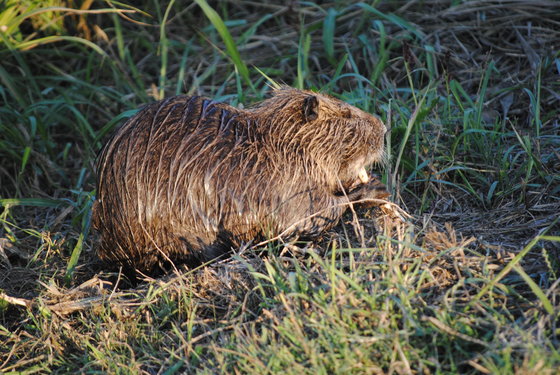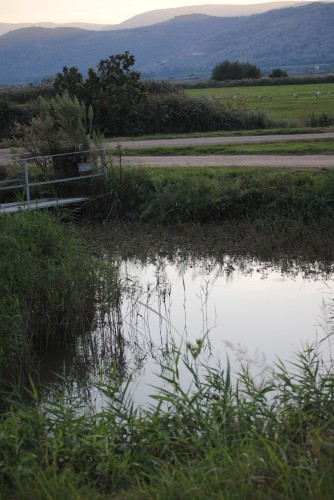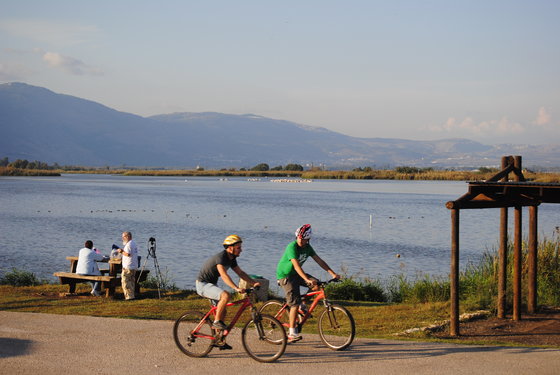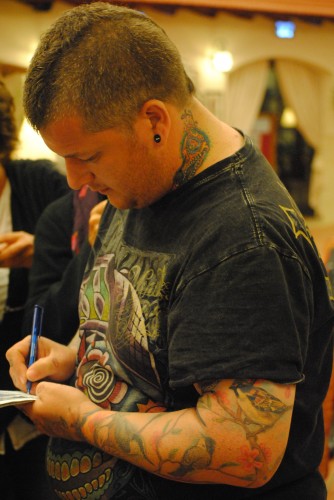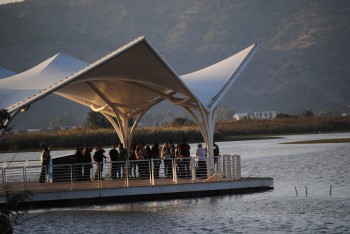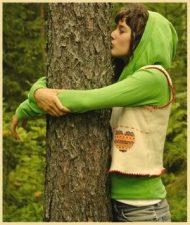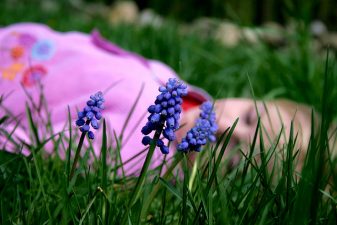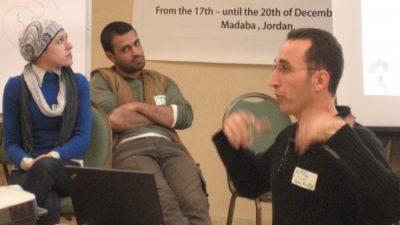 The Hula Valley Bird Park offers unique bird and nature-watching opportunities.
The Hula Valley Bird Park offers unique bird and nature-watching opportunities.
We birdwatchers sat in a covered safari wagon as lines of cranes criss-crossed the evening sky. More and more cranes began to appear, and soon the air was full of powerful-looking birds calling in hoarse, creaking voices.
Hundreds landed to roost in a field in front of us. We watched as the cranes stalked around on their long legs, making an ever-increasing ruckus with their anxious cries.
A red sunset glowed behind the mountains around the Agamon Hula Nature Park, and the mosquitoes came out in force. As night fell, the safari wagon swung around and away from the cranes’ “hotel.” All the birdwatchers sighed. It had been a glorious sight, and the end of several enchanted hours’ wildlife viewing.
Israel sits in the Afro-Syrian Rift, a bridge where three continents meet. We reported previously how over 500 million birds of 430 species fly through this land bottleneck on their twice-yearly migrations between Scandinavia and Eastern Europe to Africa. As a successful environment development program, the Hula Valley bird reserve is one of the world’s most important bird-watching sites. Surprises sometimes happen too, as when a rare frog, long considered extinct, appeared there.
Earlier at the Agamon Lake, we saw white pelicans crowded together like bathers amiably sharing a spa pool. The ladies among us cooed over a furry nutria that emerged from the reeds at the lake shore.
We were sadly disillusioned when our guide explained that nutrias are an introduced species that’s become an environmental pest. But they are food for predators such as eagles, wolves and jackals that hunt in the area. The area also shelters the last remaining herd of native water buffaloes.
The reserve, which is 11 kilometers long, is a combination of agricultural fields and lakes with reed beds. Our guide explained that the park sustains most of the migrating species, but some must be encouraged to feed within the limits of the reserve or they will destroy neighboring farmers’ crops. Tons of peanuts, corn, and seeds are distributed over designated fields, and the Agamon Lake is stocked with tilapia (see our comments on that here) to prevent heavy feeders like cranes from raiding agricultural fish ponds. Canals run through the grounds, intersected by bridges for pedestrians.
Dozens of mulberry trees provide shade and, in season, fruit for the birds to feast on.
The human species buzz around the trails on bikes or electric golf carts. No cars are allowed in the park.
Our guide told us of joint programs with Jordan relating to eco-tourism, bird conservation, and biological pest control using barn owls and kestrels to keep the vole and mouse population down.
“Birders,” people whose passion is observing, photographing, or writing about the birds, arrive in early winter, which is the peak of migration season.
One such birder, Tristam Reid, is so passionate that he raises funds for bird preservation through his extraordinary tattoos.
The Hula Valley Bird Festival, just finishing its second year, provides field trips, including a special sunrise trip,a floating observatory from which to view water birds,
a bird-ringing workshop, night safaris and a “bird train” that stops at observation points where recorded explanations may be heard. There is a botanical garden for the herb-minded. Visitors from abroad find accommodation in local hotels and B&Bs.
Over 500,000 visitors go over the grounds yearly, including children on school trips. The activities described above are available year around, with emphasis on different aspects of the reserve varying with the seasons.
For more information:
Agamon-Hula
Tel: +972-(0)4-6817-137
See more on the Middle East’s feathered wildlife:
- Seed Money to Protect Mediterranean Basin Birds
- A Bonnet Full of Dead Birds in Lebanon
- Killing Birds for Pickled Dish in Cyprus
- Jerusalem’s Western Wall for Swifts
Top photo of cranes at Hula Valley via Wikimedia.All other photos by Miriam Kresh.

